A 16-year-old teenager from the Stavropol Region had a myocardial infarction caused by the myocardial bridge of the coronary artery. Minimal-access supracoronary myotomy was successfully performed at Almazov Centre.
The first symptoms of the disease appeared in May 2019 when the teenager consulted a doctor at the place of residence about chest pain. The ECG showed focal changes suggestive of myocardial infarction. In February 2020, CT scan revealed what doctors suspected to be muscle bridges impairing normal blood flow to the heart.
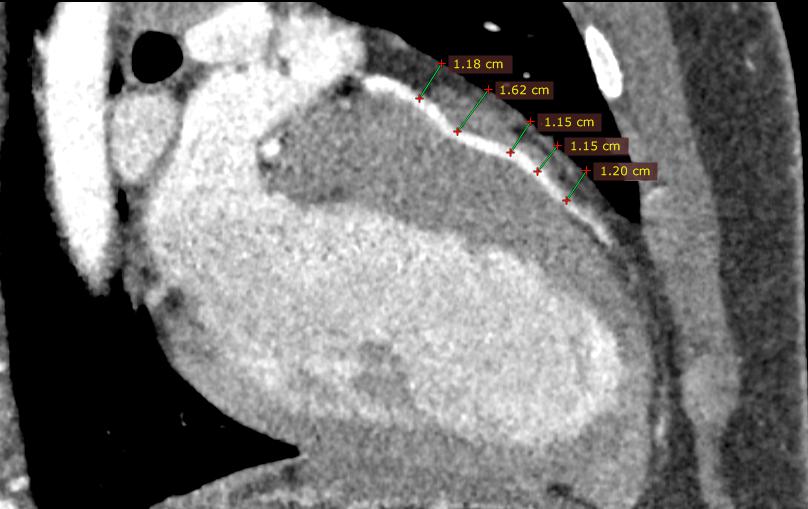 |
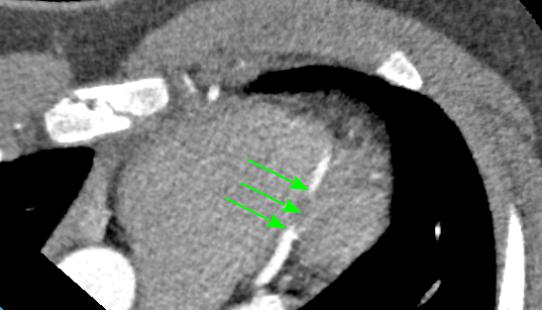 |
|
A series of heart CT scans of the patient with a myocardial bridge of the anterior interventricular artery (before surgery). The arrows indicate the deepest segment of the artery. |
|
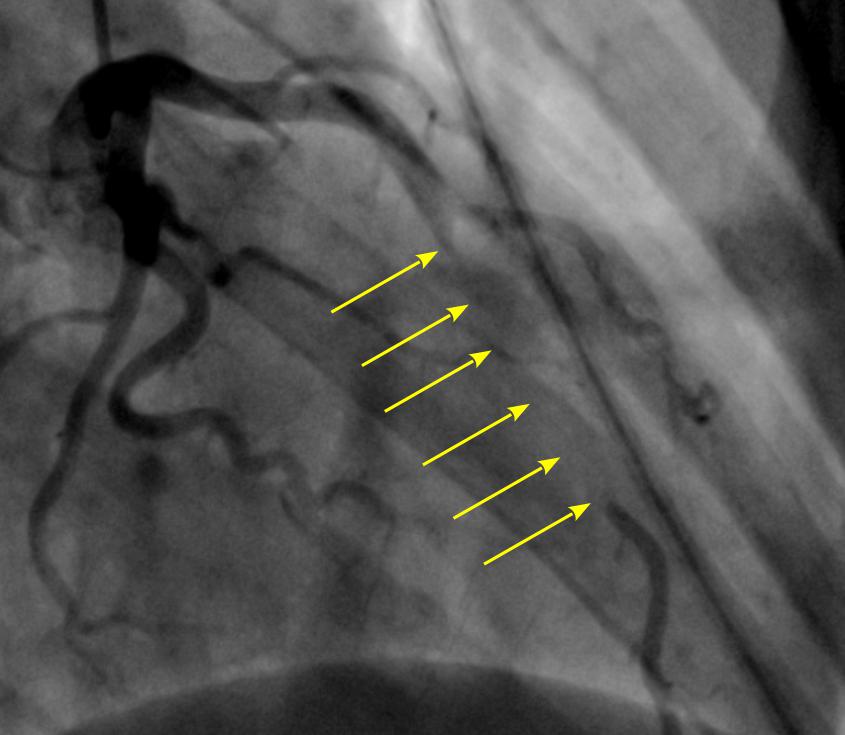 |
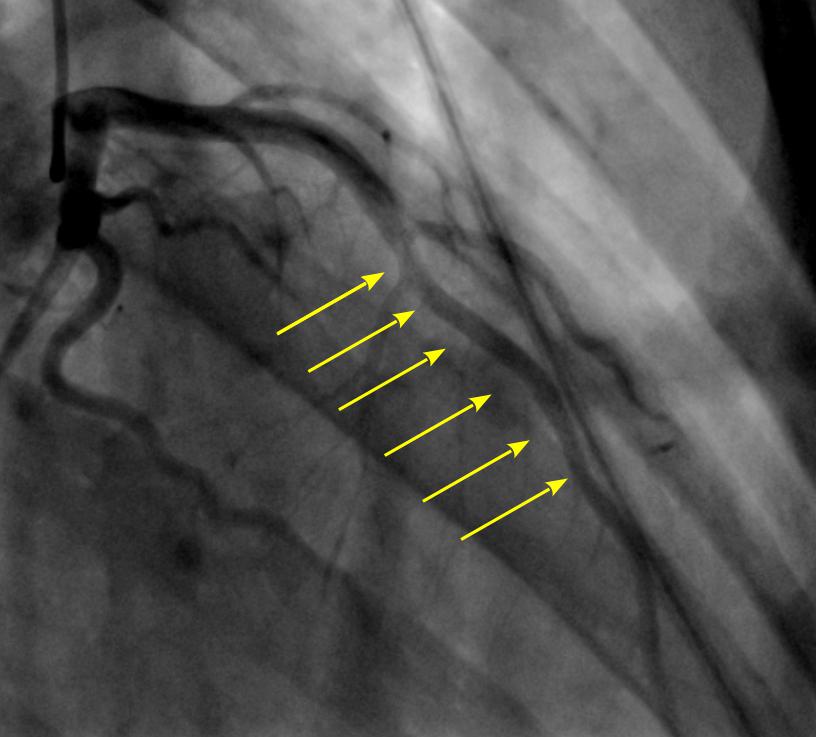 |
|
Coronary angiography of the patient before surgery. |
|
Myocardial coronary artery bridge is the most common coronary artery anomaly. In this case, one or more arteries of the heart pass through the thickness of the heart muscles. This results in the deformation and a strong compression of the artery during contraction, leading to myocardial ischemia and often to the development of myocardial infarction.
The most radical treatment for this condition is supracoronary myotomy, when a surgeon cuts the fibers of the heart muscle that squeeze the artery, thus freeing the latter from the myocardium. This method of treatment is available only in a few leading medical centres in Russia.
Having discussed the findings, the specialists of Almazov Centre (head of Cardiovascular Surgery Department No. 3 Vadim Grebennik, head of Pediatric Cardiac Surgery Group Evgeny Grekhov, head of Pediatric Cardiovascular Surgery Department Alexander Latypov, pediatric cardiologist Tatyana Makushkina) decided to perform a surgery.
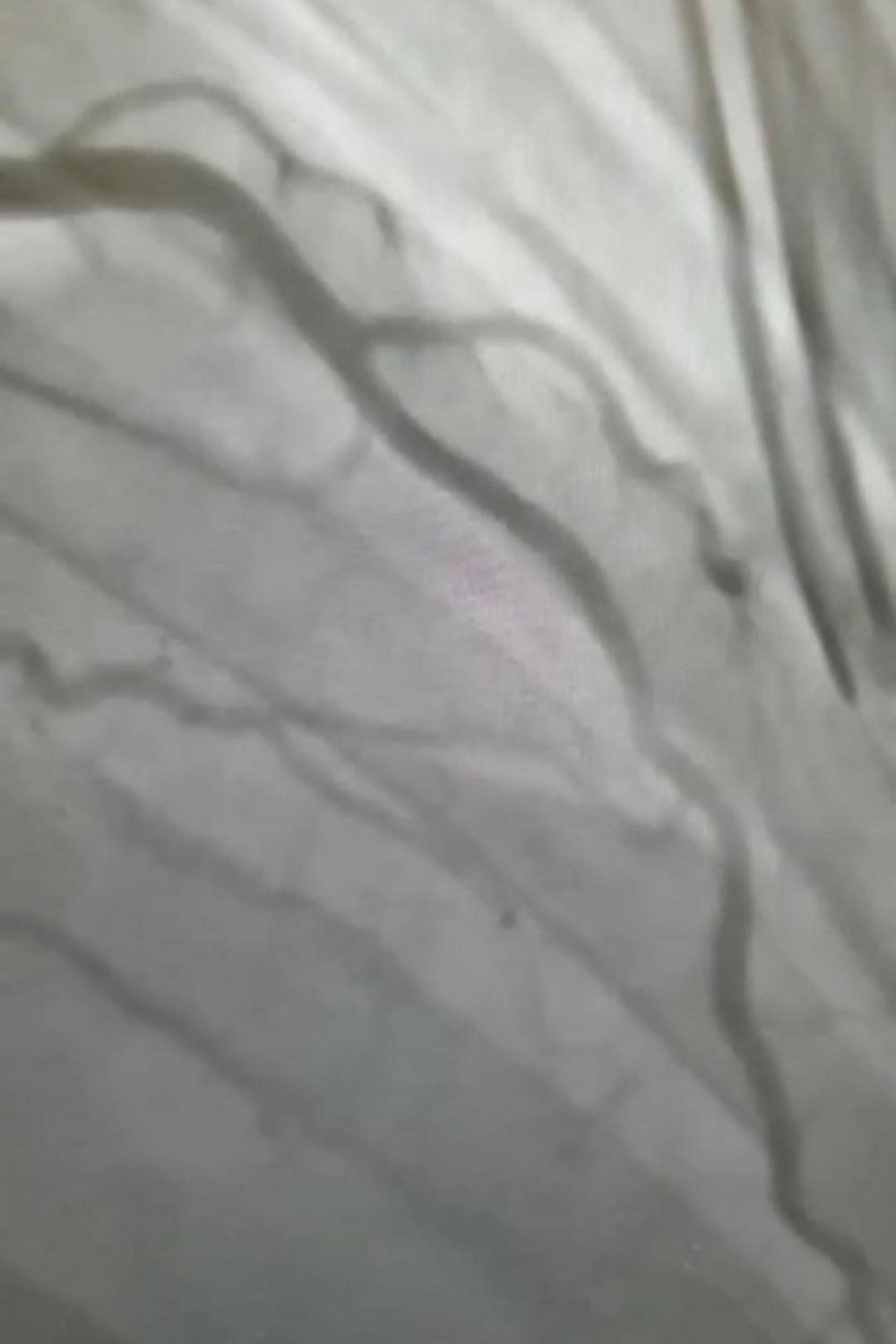 |
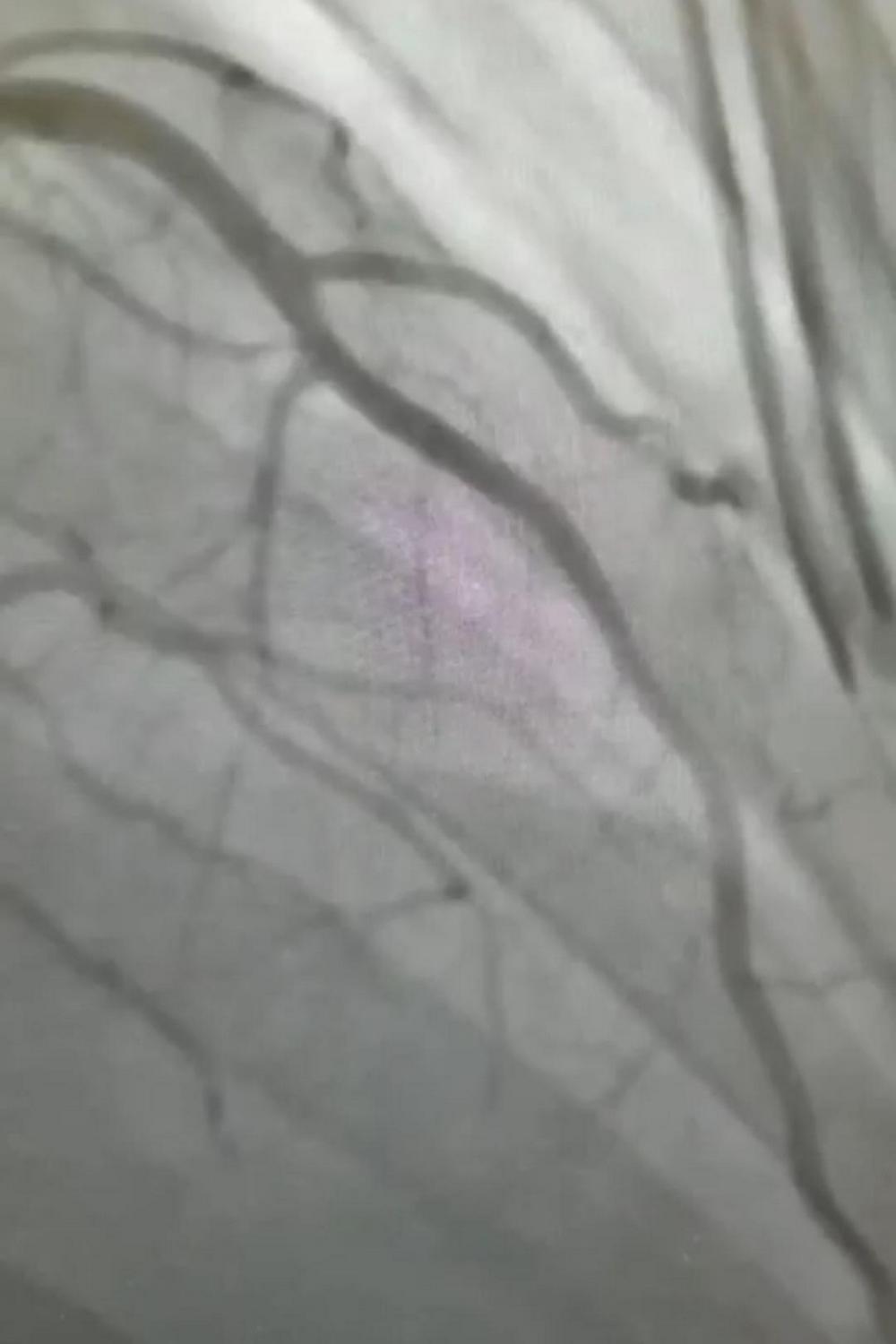 |
|
Coronary angiography of the patient after surgery. |
|
“The usual approach for this surgery is a median sternotomy (dissection of the sternum). This patient underwent a supracoronary myotomy via minimal access (anterior left-sided minithoracotomy). According to postoperative follow-up results, there were no signs of compression of cardiac arteries,” notes the surgeon who performed the surgery, head of Cardiovascular Surgery Department No. 3 Vadim Grebennik.
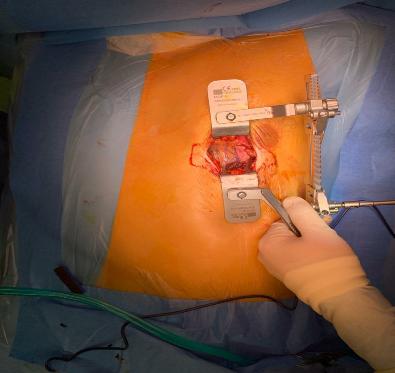 |
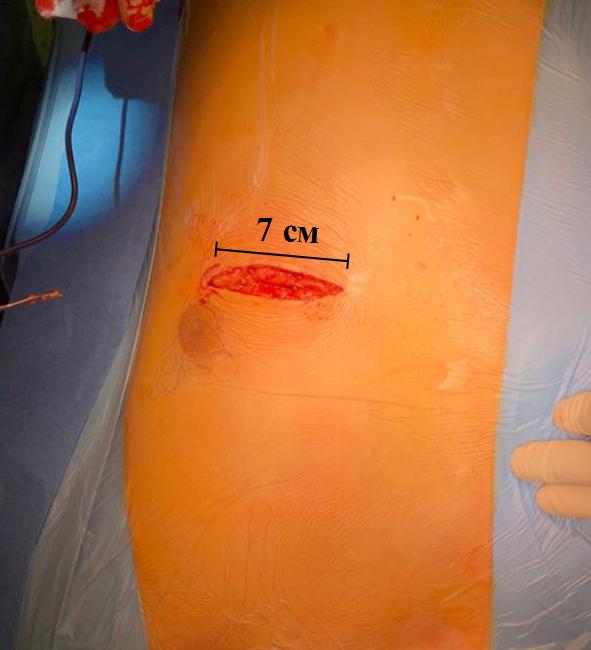 |
Currently, the patient continues treatment in the hospital, showing good postoperative dynamics. Plans for his discharge will be discussed in the near future.
